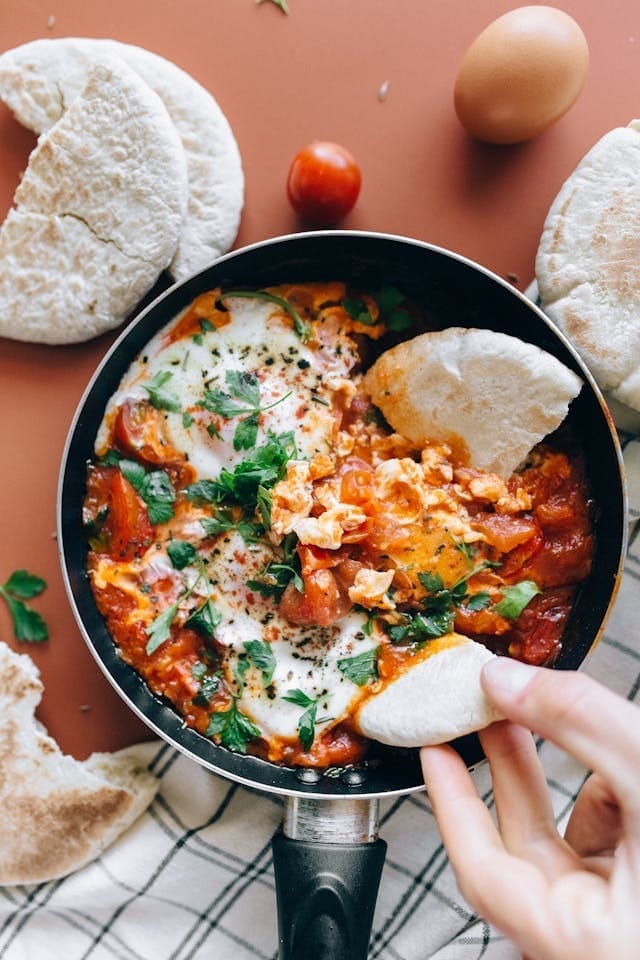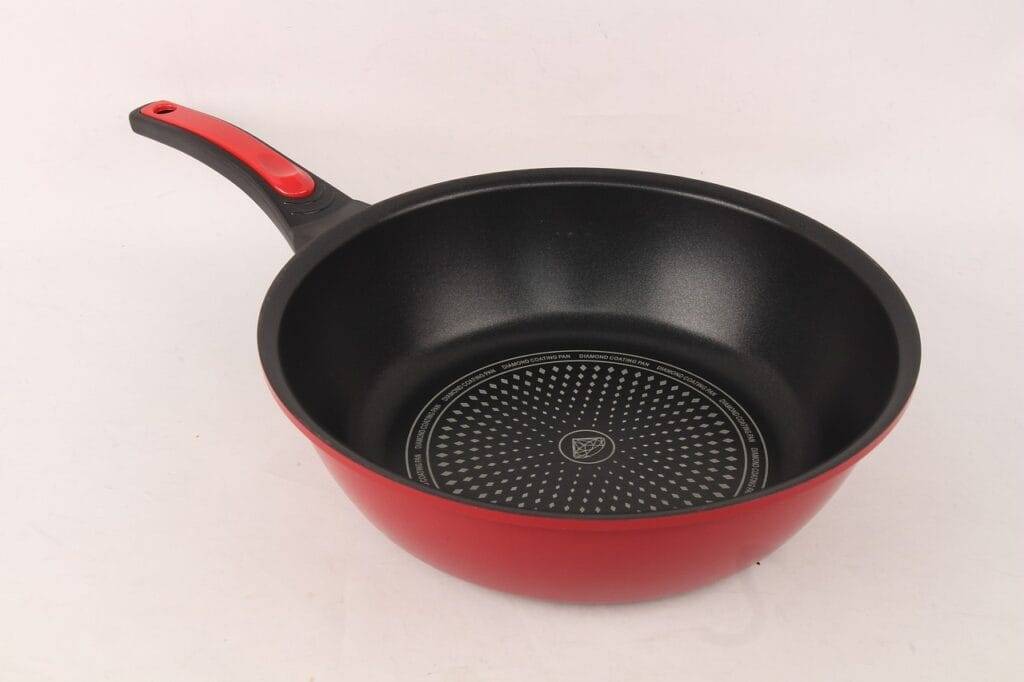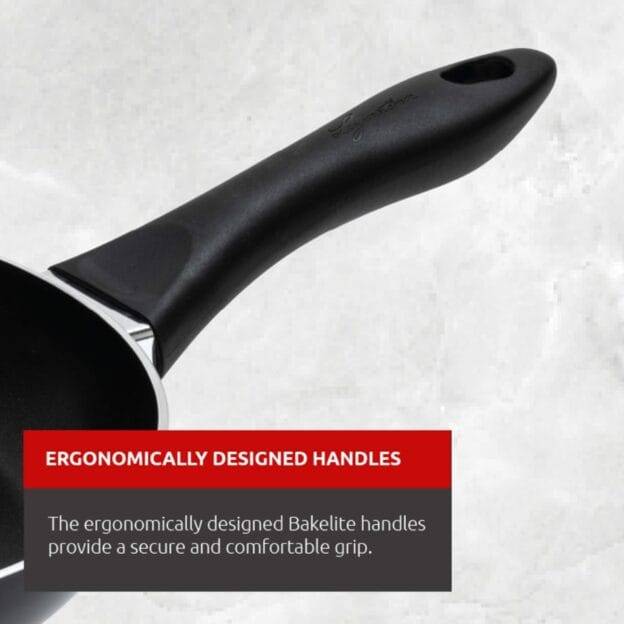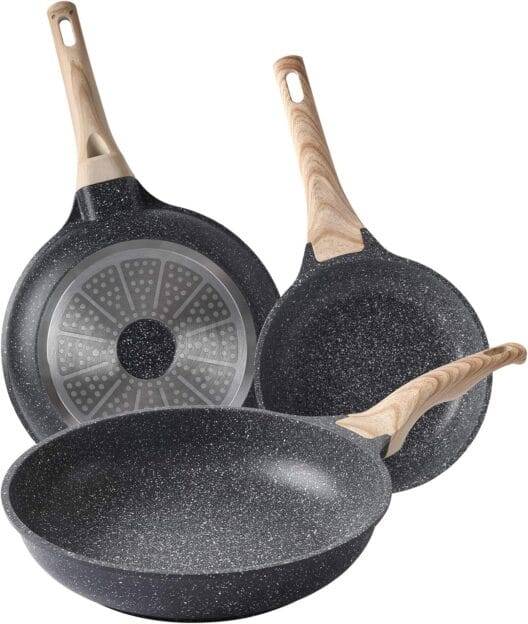What Frying Pan Is Best For Induction Cooktops?

What frying pan is best for induction cooktops? This is a question many people find themselves pondering when stepping into the world of induction cooking. Investing in the right frying pan can significantly affect your cooking experience, and increasing your efficiency in the kitchen is something we all strive for.

Understanding Induction Cooktops
Before you decide on the perfect frying pan, it’s essential to grasp how induction cooktops work. Unlike traditional gas or electric cooktops that rely on direct flame or heating elements, induction cooktops utilize electromagnetic energy to heat pans directly. This technology not only speeds up the cooking process but also makes it more energy-efficient.
How Induction Cooking Works
Induction cooktops generate a magnetic field that interacts with ferrous materials (those containing iron) in your cookware. When compatible cookware is placed on an induction surface, the cooktop activates, producing heat directly in the cookware. This means the cooktop surface remains cooler to the touch—reducing the risk of burns and making it safer, especially in a household with children.
Benefits of Induction Cooking
Induction cooking offers numerous advantages. One of the major benefits includes faster cooking times due to the direct heating, allowing pots and pans to heat up twice as quickly as conventional methods. There’s also the benefit of precise temperature control, offering better results in cooking. Moreover, induction cooktops are easy to clean; spills do not burn onto the surface since the area remains relatively cool.
Choosing the Right Frying Pan
Now that you understand the functional magic behind induction, let’s discuss what makes a frying pan suitable for induction cooking. Not every frying pan is created equal; some work wonderfully, while others may not perform as well.
Essential Features of Induction Cookware
When selecting a frying pan for an induction cooktop, there are several features you should consider:
Material
Your frying pan’s material is the primary factor in its compatibility with an induction cooktop. The following materials work effectively:
- Cast Iron: Known for excellent heat retention and even cooking, cast iron pans are often ideal for induction. However, they can be quite heavy and require proper care to avoid rusting.
- Stainless Steel: This material is durable and resistant to staining, making it a popular choice. Look for stainless steel pans with a magnetic base for optimal performance.
- Carbon Steel: Similar to cast iron, carbon steel offers exceptional heat retention and develops a natural non-stick surface over time. It is lighter than cast iron, making it easier to handle.
- Non-Stick Coated: While many non-stick pans may not be induction-compatible, some newer models are designed specifically for it. Make sure to check for a magnetic base when purchasing.
Magnetic Base
Ensure the cookware you consider has a magnetic base. The surface of your frying pan must interact with the electromagnetic field generated by the induction cooktop. A quick test you can do at home is to use a magnet; if it sticks to the bottom of the frying pan, you’re good to go!
Flat Bottom
A pan with a flat bottom ensures maximum contact with the induction cooktop surface, allowing for even heat distribution. Warped or concave pans can lead to uneven cooking and poor performance.
Size and Shape
Frying pans come in various sizes, and selecting the right one for your needs is crucial. A 10-12 inch (25-30 cm) frying pan typically works for everyday cooking, while smaller or larger sizes may be needed for specific tasks.
Brands to Consider
When it comes to induction-compatible frying pans, certain brands are well-regarded in the culinary world for their performance and quality. Here are a few you might consider:
- All-Clad: Their stainless steel cookware is top-notch, especially known for its durability and heat distribution.
- T-fal: Offering a range of affordable non-stick options, T-fal has induction-ready lines that are lightweight and easy to use.
- Lodge: Famous for their cast iron skillets, Lodge also offers induction-compatible models that are versatile and durable.
- Cuisinart: Their stainless steel options are not only induction-compatible but also have excellent oven-safe capabilities.
- Scanpan: Known for non-stick cookware, Scanpan offers induction compatibility with environmentally friendly technology.
Comparing Different Types of Frying Pans
It can be helpful to compare these frying pans side by side. Here’s a table summarizing the strengths of various types:
| Type of Frying Pan | Advantages | Disadvantages | Best For |
|---|---|---|---|
| Cast Iron | Excellent heat retention, versatile | Heavy, requires maintenance | Searing and frying |
| Stainless Steel | Durable, classic look | Can stick if not properly seasoned | General purpose cooking |
| Carbon Steel | Great heat retention, lightweight | Requires seasoning to maintain | High-heat cooking |
| Non-Stick | Easy cleanup, good for delicate foods | Less durable than others | Eggs, pancakes, light frying |
Maintenance Tips for Induction Frying Pans
Taking care of your frying pan can prolong its life and ensure optimal performance. Here are some maintenance tips based on material:
Cast Iron
- Seasoning: Regularly season your cast iron to maintain its non-stick surface. After washing, apply a thin layer of vegetable oil and heat it to a low temperature.
- Avoid Soap: Skip the soap while washing to prevent stripping off the seasoning. Use hot water and a stiff brush instead.
- Store Properly: Avoid stacking them to prevent scratching.
Stainless Steel
- Cleaning: Regularly clean with warm, soapy water and avoid using abrasive pads that can scratch.
- Avoid High Heat: Using high heat can cause food to stick. Start on medium heat and increase if necessary.
Carbon Steel
- Seasoning: Similar to cast iron, season your carbon steel frying pans. Rinse without soap and dry thoroughly to prevent rust.
- Avoid Cooking Acidic Foods: Acidic foods can strip the seasoning, so it’s best to save those for stainless or non-stick pans.
Non-Stick
- Gentle Utensils: Use silicone or wooden utensils to avoid scratching the surface.
- Avoid High Heat: Don’t heat non-stick pans to extremely high temperatures, as this can damage the coating.

Cooking Techniques to Master
Once you’ve chosen the right frying pan, enhance your cooking skills with techniques tailored for induction cooktop cooking. Here are some you can practice:
Searing
Induction cooktops allow for fantastic heat control, perfect for searing meats. Preheat your pan before adding your protein to achieve a golden crust while keeping the inside tender.
Stir-Frying
Due to the quick heating capabilities, stir-frying becomes an enjoyable task. The rapid heat allows vegetables to cook quickly while retaining their crunch and nutrients.
Pan-Frying
With high heat and quick cooking times, you can achieve crispy fried foods. Just remember to keep an eye on your oil temperature to avoid greasy results.
Troubleshooting Common Induction Cookware Issues
Sometimes even the best frying pans can cause some headaches. Here are some common issues users face and ways to remedy them:
Pan Not Heating Up
If your pan doesn’t seem to be heating up, check the following:
- Ensure the pan has a flat bottom and is properly placed on the induction cooktop.
- Confirm that the pan is induction-compatible; a magnet should stick to the base.
- Verify that your induction cooktop is set to the appropriate power level.
Food Sticking to the Pan
Sticking can be frustrating. To prevent this:
- Preheat the pan adequately before adding oil or food.
- Ensure your cookware is seasoned properly (in the case of cast iron and carbon steel).
- Avoid overcrowding the pan, which can lower the temperature and cause sticking.
Uneven Cooking
If your food seems to be cooking unevenly, check:
- The pot size in relation to your induction burner; using a small pan on a large burner can lead to uneven heating.
- Make sure the bottom is clean and free from debris that could interfere with the magnetic connection.
Conclusion
Finding the right frying pan for your induction cooktop doesn’t have to be overwhelming. Keep in mind the materials and features that ensure compatibility with induction technology. Whether you choose cast iron, stainless steel, carbon steel, or a non-stick option, the key is to understand your cooking needs and preferences.
With the right frying pan in hand and some technique under your belt, induction cooking can become a delightful experience filled with fast, efficient meals and culinary creativity! Happy cooking!

